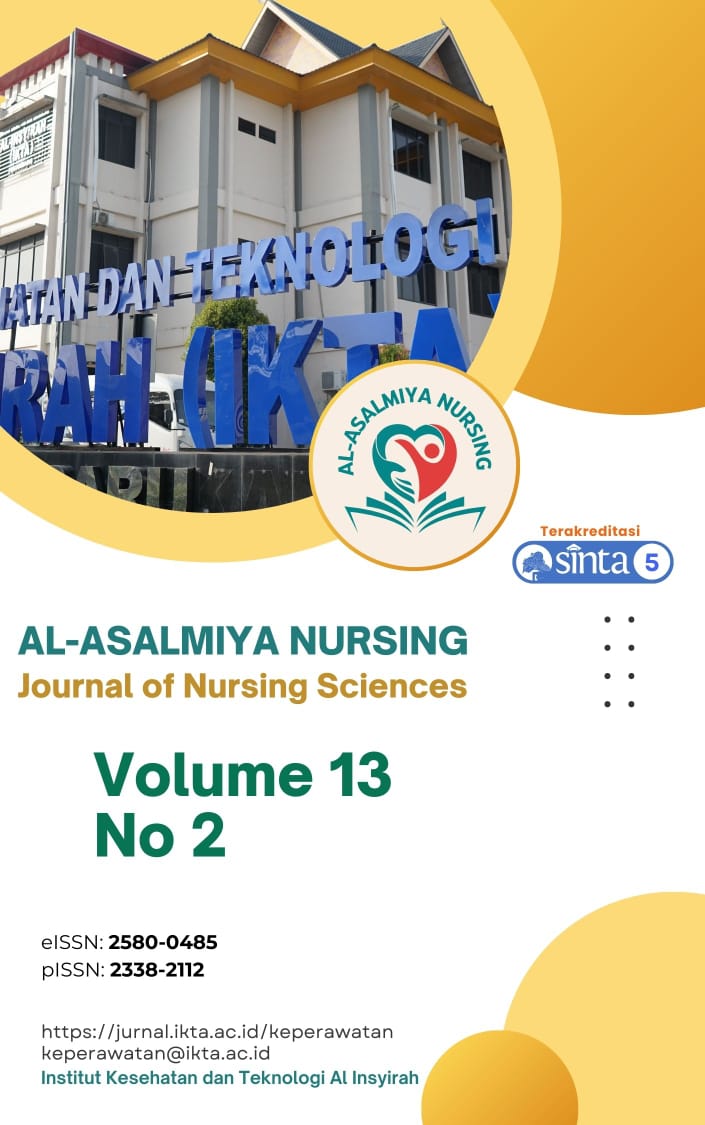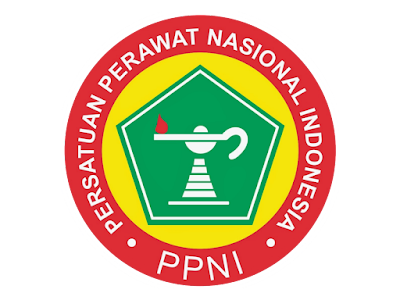HUBUNGAN SUHU RUANGAN PEMULIHAN DENGAN NADI DAN TEKANAN DARAH PASIEN POST OPERASI
DOI:
https://doi.org/10.35328/keperawatan.v13i2.2787Keywords:
Ruang Pemulihan, Suhu Ruangan, Denyut Nadi, Tekanan Darah, Post OperasiAbstract
The recovery room an area of the hospital to care for postoperative patients until they recover from the effects of anesthesia and their vital signs are stable. Nurses have a great responsibility in monitoring patients who are at risk of experiencing a sudden decline in condition. Patients will be transferred to the advanced care room or discharged after blood pressure, respiration, oxygen saturation, and level of consciousness are stable. The purpose of this study was to analyze the relationship between recovery room temperature and pulse and blood pressure in postoperative patients. This study used a cross-sectional design with a correlational approach. The
study population consisted of postoperative patients in the recoveru room of RSU Mitra Medika, with an average number of patients of 209 people per month. The study sample consisted of 68 respondents who were selected using random sampling techniques. This study was conducted in September 2024. The results of the analysis of 68 respondents showed that the characteristics of the majority of respondents were aged 26-35 years as many as 44 respondents (64.7%), the type of anesthesia used the most was spinal anesthesia as many as 46 respondents (67.6%). The results obtained showed no relationship between the temperature of the recovery room and the pulse of post-operative patients with a P value of 0.863 and a relationship between the temperature of the recovery room and the blood pressure of post-operative patients with a P value of 0.939.
Downloads
References
Alrizzaqi, M. M., Putri, R. R. M., & Wardani, N. H. (2018). Implementasi Metode DempsterShafer untuk Mendiagnosis Jenis Tumor Jinak pada Manusia. Jurnal Pengembangan Teknologi Informasi Dan Ilmu Komputer, 2(5), 2144–2149.
Brabrand, M. M. J. and M. (2015). The relationship between body temperature, heart rate and respiratory rate in acute patients at admission to a medical care unit. Scand. J. Trauma. Resusc. Emerg. Med, 23, no. S1, 2015.
Cahyawati, F.E., Rohmah, F., Gunadi, A., dan Aprilia, S. (2019). Cairan Intravena Hangat terhadap Derajat Menggigil Pasien Post Sectio Caesarea di RS PKU Muhammadiyah Gamping Yogyakarta. Jurnal Kebidanan, 8 (2), 86–93.
Dewi Masithoh, D. (2018). Lama Operasi dan Kejadian Shivering Pada Pasien Pasca SpinalAnestesi. Jurnal Keperawatan Terapan, Volume 4, 14–20.
Harahap, A. M. (2014). Angka Kejadian Hipotermia dan Lama Perawatan di IBS pada Pasien Geriatri Pascaoperasi Elektif Bulan Oktober 2011- Maret 2012 di Rumah Sakit Dr.Hasan Sadikin Bandung. Jurnal Anestesi Perioperatif, Volume 2(1, 36–44.
Maryunani, A. (2014). Asuhan Keperawatan Perioperatif - Pre Operasi (Menjelang Pembedahan). CV. Trans Info Media.
Nurmansah, H., Widodo, D., M., & S., Malang, P. K., B. (2021). Duration of Operation and Dose of Inhalation Anesthesia with Body Temperature in Postoperative Patients with General Anesthesia
Downloads
Published
Issue
Section
License
Copyright (c) 2024 Al-Asalmiya Nursing: Jurnal Ilmu Keperawatan (Journal of Nursing Sciences)

This work is licensed under a Creative Commons Attribution 4.0 International License.














